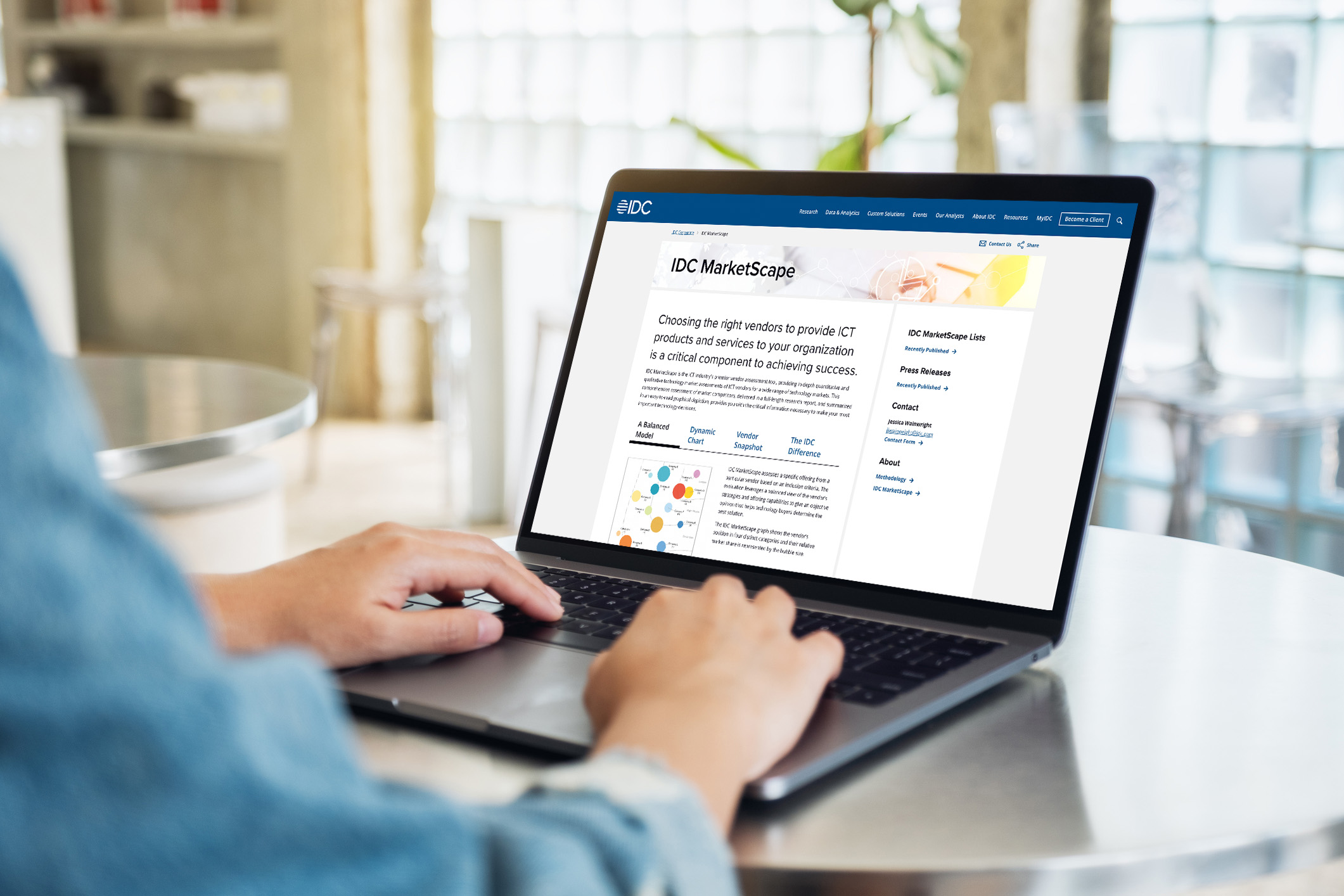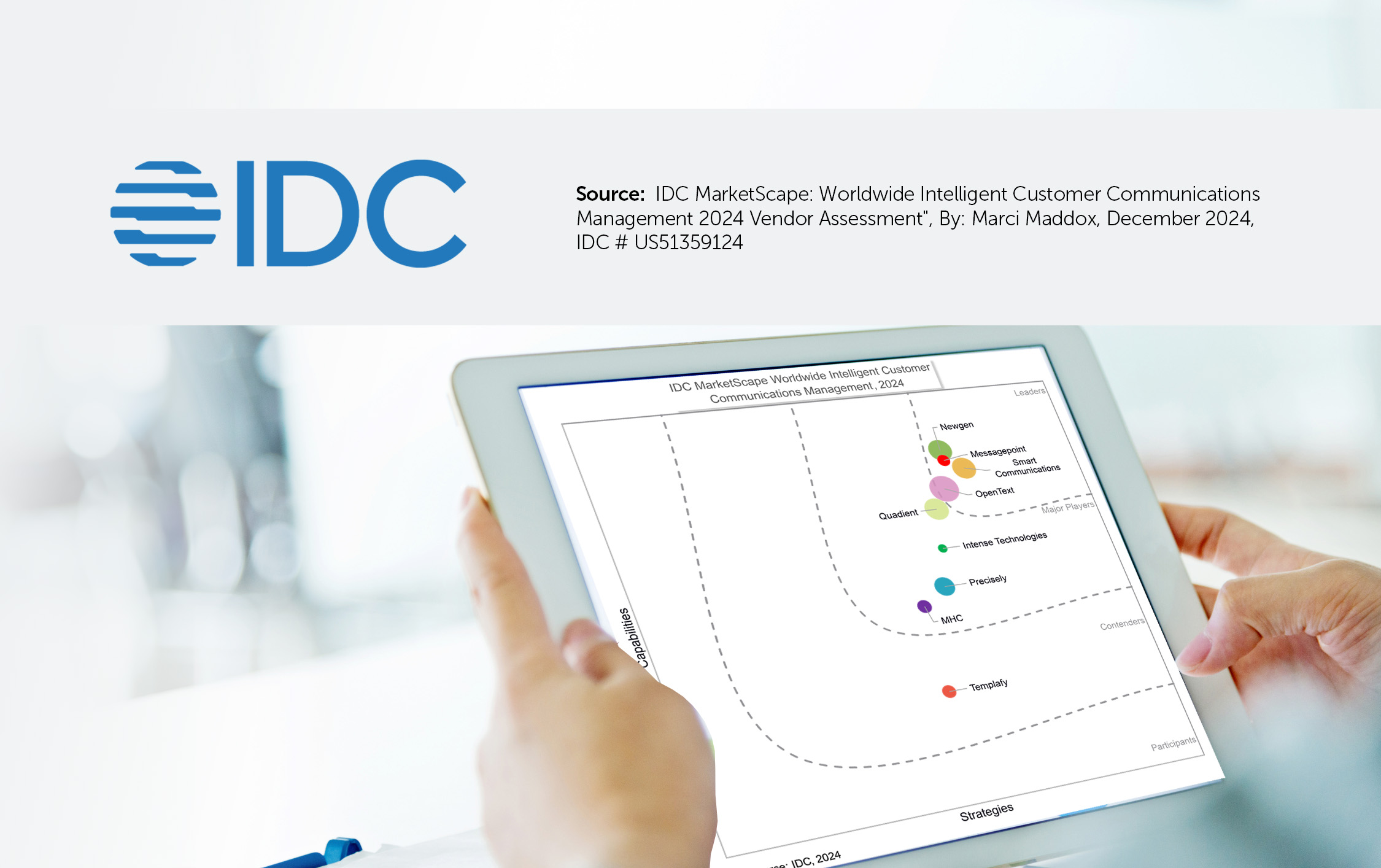
Each time a bank markets products and services to its customers, it is obligated to communicate a long list of regulatory disclosures that spell out the terms and requirements very clearly.
According to the Federal Trade Commission, these disclosures must be clear throughout the purchase process, and consistent across every customer touchpoint, whether that is in printed direct mail, brochures, a physical branch location, a website or even a phone call. Failure to do so results in costly remediation events and sometimes a hefty fine and damage to a brand’s reputation. Ensuring consistency across these various channels is challenging enough, but when state product and disclosure rules require variations, disclosure management becomes even more complex. As organizations continue to grow product offerings by offering new variations tailored to meet the unique needs of various market segments, communications and areas of potential risk arise.
Along with the complexities and risks associated with managing regulated communications and content, banks must also be mindful of the customer experience. When creating marketing campaigns, we are simply not willing to let legalese get in the way of positively engaging with customers—despite the risks of being fined for disclosure failure. Regulatory disclosures are here to stay, so any relief that can be gained from this complex issue is welcome.
With that in mind, here are four ways to support your ability to maintain control over content creation, yet still ensure that all content meets regulatory requirements:
Too often, organizations manage disclosure content in silos. The complexity begins at the source, with internal departments or teams within departments generating their unique product campaigns and related variations for product versions and regions. These are then distributed to each team responsible for managing a different channel or communication. As a result, that content is replicated, stored and updated in dozens of different templates across various systems for print, email, SMS and web delivery. This process is not only fraught with risk, but it can be incredibly time consuming and costly, especially when you are dealing with a mix of internal and external teams to do the updates.
Creating a centralized content hub that non-technical staff can maintain and update for all your communications and disclosure content that feeds content to these various systems can address this problem. A central content hub makes it possible to simplify and streamline the process of managing disclosures to reduce the risk of error and inconsistency.
Product variations and personalized communications are essential to target offerings to different customer segments. For example, when you’re promoting retirement savings accounts to millennial customers versus Gen X customers, you need personalized, relevant (and approved) communications for presenting these offers—along with their appropriate disclosures. The same holds true for product variations such as credit card offerings. While your gold and platinum cards are similar products, the communications need to be customized. This usually leads organizations to create very similar individual communication templates for each variation. Imagine having to make an update to a disclosure that sits across all your marketing pieces for a lending product.
If you had six credit card types, three regional variations and four communications pieces that housed that same piece of disclosure content, you would have to make the same change 72 times and involve various teams. Customization of your content is critical to attracting a range of customers, but it also introduces significant operational complexity and inefficiency.
One way to address this complexity is to find a way to consolidate your communication templates. There are systems available today that enable you to leverage a single dynamic template and yet still completely customize a specific communication with highly targeted content elements including color graphics and text. These solutions enable structural and foundational content to be inherited from a master touchpoint while creating distinct variants and sub-variants of the communication.
They will also make it possible for you to quickly revise and apply updates, as well as eliminate time wasted in maintaining multiple versions of duplicate templates. In the example noted above, if you had a similar direct mail piece for your six credit cards, you would only have to make the disclosure update once and it would instantly be applied in the corresponding pieces. Similarly, look for systems that enable you to share content across touchpoints and channels. If that piece of regulatory content was stored in a shared content object, you could make the change once and instantly update the direct mail, the brochure, the email and the web page where it lives, reducing your changes from 72 to one.
Getting your marketing campaigns through the approval process is another challenge when dealing with changing regulatory content. Most organizations rely on emailing versions of Word or PDFs and the back and forth can take weeks to achieve even the simplest of content changes. When IT or a third-party service provider control the source files of the asset, the process becomes even more complex, not to mention prone to human error.
The good news is these issues can be resolved with a platform that manages disclosure content centrally, giving required stakeholders access to the proofs where the content lives. In addition, leveraging shared content objects enables you to apply authorized changes once and automatically update all the required pieces, eliminating the need to go back and forth on communications with stakeholders and mitigating the risk of significant errors.
Unfortunately, legalese and jargon often toss a marketing team’s hopes for positive customer engagement out the door. Customers who are confused by your communications will call your support line for clarification—or, worse, leave your bank for others they perceive as easier to deal with. The payoff for organizations that implement a plain language approach to their materials can be substantial. In 2017, Forrester Research established the correlation between clear customer communications and a revenue increase of hundreds of millions of dollars.
While using plain language is usually the best bet to ensure your message is understood, it is typically at play when regulatory disclosures and legal language are written. The Flesch-Kincaid test, a formula developed in 1975 by Peter Kincaid to assess readability, presents a score based on word, character, syllable counts and sentence length, and it indicates the educational level required to understand the piece.
While it won’t always be possible to remove all jargon and legalese from disclosures and regulated content, your team can assess the grade level at which the material is written and attempt to simplify it for greater comprehension. Modern technologies, including artificial intelligence, machine learning and natural language processing are increasingly being used to automate and improve everything from reading levels to content sentiment and brand alignment. They can be used not only to improve the customer experience and likely increase customer trust, but also to ensure that important terms and disclosures are understood.
Compliance with disclosure requirements is inescapable. If anything, consumers are demanding even greater transparency in the products and services they buy and many perceive it as an indication of an organization’s integrity and trustworthiness. Throughout the customer journey, customers expect their bank to be consistent in its communications, which can be a key factor in choosing your bank over a competitor. Investing in ways to streamline the process of managing disclosures will make it easier to stay compliant and reduce costs and timelines significantly, all while improving your customer experience.

TORONTO, December 5, 2024 – Messagepoint Inc. announced it has been named a Leader in the IDC MarketScape:…
Read more
IDC’s MarketScape for Intelligent Customer Communications Management evaluates vendors that natively own or integrate forms technology and artificial…
Read the whitepaper
The mortgage servicing industry is under immense financial pressure. With interest rates high and home prices still rising,…
Read the Article